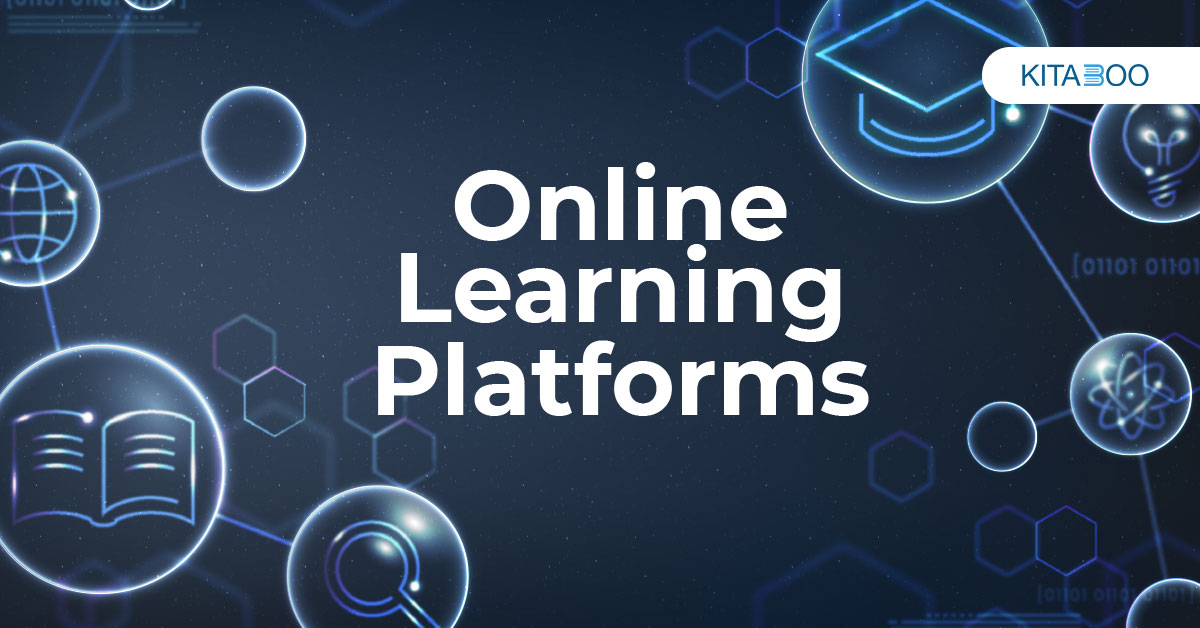Remote Learning Platforms for Effective Education in 2024
The landscape of education has evolved dramatically in recent years, especially due to the global shift towards remote learning. In 2024, remote learning platforms are essential for delivering effective education, accommodating diverse learning needs, and fostering engagement among students. This article explores the best remote learning platforms available, their key features, and the future of education in a digital environment.
Techno solution

Table of Contents
- Introduction
- Current Trends in Remote Learning
- Key Features of Effective Remote Learning Platforms
- Top Remote Learning Platforms in 2024
- Benefits of Remote Learning Platforms
- Challenges in Remote Learning
- Future of Remote Learning
- Conclusion
- References
Introduction
The landscape of education has evolved dramatically in recent years, especially due to the global shift towards remote learning. In 2024, remote learning platforms are essential for delivering effective education, accommodating diverse learning needs, and fostering engagement among students. This article explores the best remote learning platforms available, their key features, and the future of education in a digital environment.
Current Trends in Remote Learning
As remote learning continues to grow, several trends are shaping the educational landscape:
-
Hybrid Learning Models: Combining in-person and online instruction to enhance flexibility.
-
Increased Use of AI: Utilizing artificial intelligence for personalized learning experiences.
-
Focus on Mental Health: Platforms integrating wellness resources for students and educators.
Key Features of Effective Remote Learning Platforms
User-Friendly Interface
A platform with an intuitive interface is crucial for user engagement. It should allow both educators and students to navigate easily without extensive training.
Interactive Learning Tools
Effective platforms incorporate tools such as quizzes, discussions, and multimedia resources to foster engagement and collaboration.
Personalized Learning Experiences
Adaptive learning technologies enable personalized experiences based on individual student needs, preferences, and learning paces.
Assessment and Feedback Mechanisms
Regular assessments and timely feedback are vital for tracking student progress and enhancing the learning experience.
Top Remote Learning Platforms in 2024
Zoom
A widely used platform that facilitates live classes, discussions, and collaboration among students and teachers.
Google Classroom
Offers a streamlined interface for teachers to create, distribute, and grade assignments efficiently.
Moodle
An open-source platform known for its flexibility and extensive features tailored for educational institutions.
Canvas
A cloud-based learning management system that allows easy integration with other educational tools.
Edmodo
Focuses on social learning and collaboration, connecting teachers, students, and parents.
Benefits of Remote Learning Platforms
-
Flexibility: Students can learn at their own pace and schedule.
-
Accessibility: Expands educational opportunities to remote and underserved areas.
-
Cost-Effectiveness: Reduces transportation and facility costs for educational institutions.
Challenges in Remote Learning
Despite the advantages, remote learning also faces challenges such as:
-
Digital Divide: Unequal access to technology can hinder student participation.
-
Engagement Issues: Maintaining student motivation and engagement can be difficult in a virtual environment.
Future of Remote Learning
The future of remote learning is likely to involve:
-
Enhanced AI Integration: More sophisticated AI tools to personalize learning experiences.
-
Increased Collaboration: Greater emphasis on collaborative learning and peer interactions.
-
Lifelong Learning: A shift towards continuous education and skill development throughout life.
Conclusion
As we progress through 2024, remote learning platforms continue to transform education by providing effective, flexible, and engaging learning experiences. By embracing innovative technologies and addressing the challenges of remote learning, educators and institutions can create a brighter future for students worldwide.
References
- The Rise of Remote Learning
- Trends in Online Education
- Importance of User Interface in Education
- Interactive Learning Tools
- Personalized Learning in Online Education
- Feedback Mechanisms in Online Learning
- Zoom for Education
- Google Classroom Overview
- Moodle Features
- Canvas LMS
- Edmodo Features
- Benefits of Remote Learning
- Challenges in Online Education
- Future Trends in Online Learning